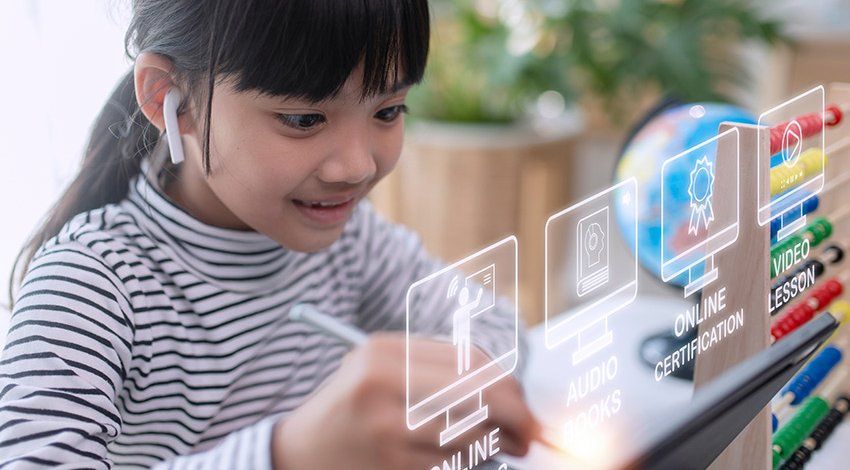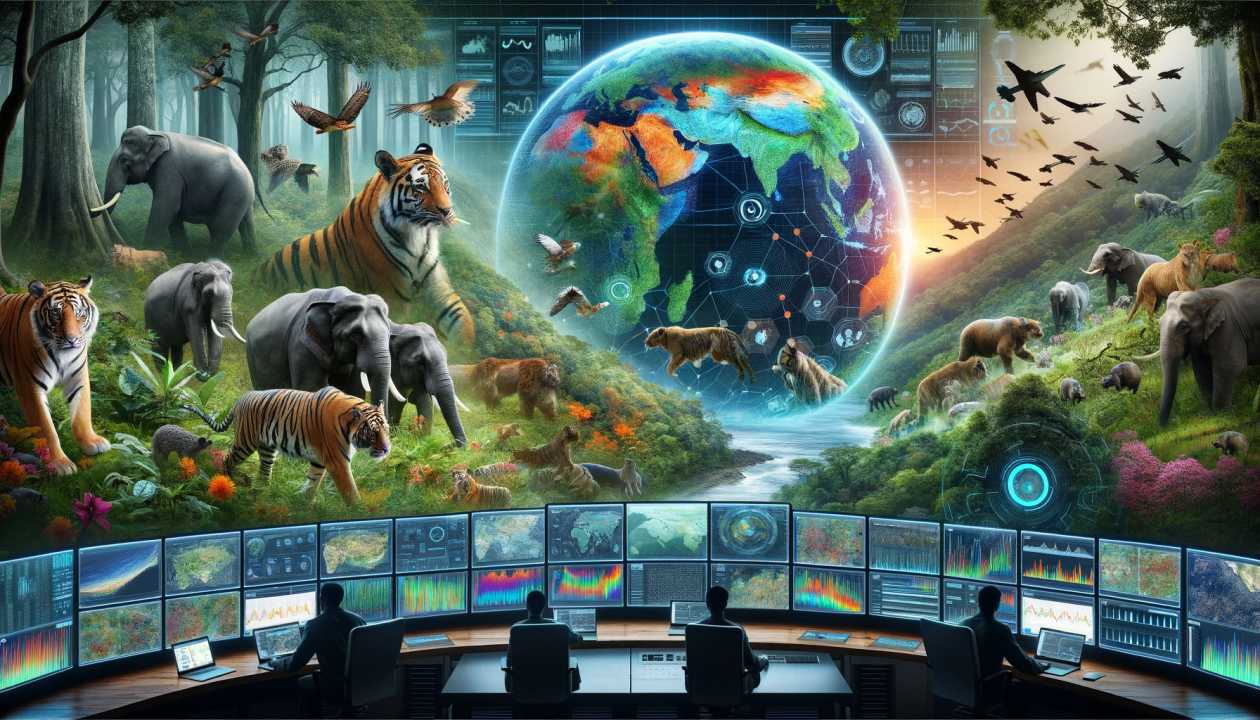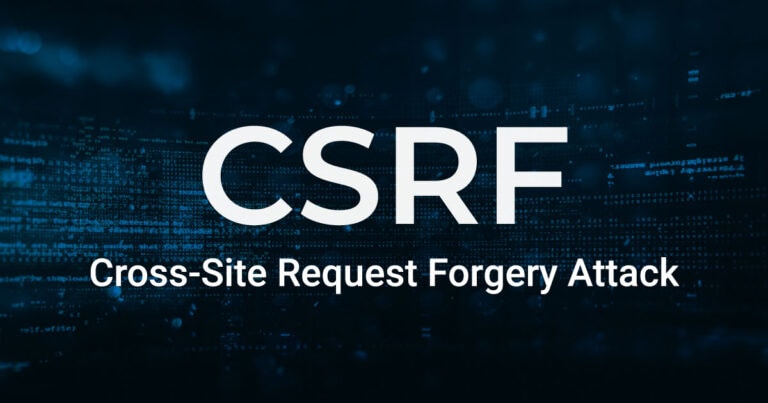justineanweiler.com – The landscape of education has dramatically evolved over the past decade, with technology playing an increasingly central role in how students learn and how educators teach. Educational Technology (EdTech) is revolutionizing traditional methods, offering more personalized, accessible, and engaging experiences for learners of all ages. From virtual reality to artificial intelligence, several cutting-edge innovations are breaking the mold and shaping the future of education. Here’s a look at some of the most transformative EdTech trends reshaping learning and teaching.
1. Artificial Intelligence (AI) and Machine Learning in Education
Artificial intelligence is one of the most powerful tools driving change in education. AI is transforming classrooms by providing personalized learning experiences for students. With AI-powered platforms, educators can analyze vast amounts of student data to tailor lessons, track progress, and offer customized learning pathways.
One of the most popular examples is adaptive learning software, which adjusts the difficulty of tasks based on the learner’s performance. Tools like DreamBox, Knewton, and Smart Sparrow use algorithms to create individualized experiences that cater to students’ strengths and weaknesses. These systems provide real-time feedback, ensuring that students remain engaged and supported at every step of their learning journey.
Additionally, AI is also assisting educators by automating administrative tasks like grading, freeing up more time for teaching and student interaction. Automated essay scoring tools, for instance, can quickly evaluate assignments and provide instant feedback, speeding up the learning process.
2. Virtual Reality (VR) and Augmented Reality (AR) in Classrooms
Virtual and augmented reality have made learning more immersive than ever before. Virtual reality (VR) offers students the ability to explore environments or scenarios that would be impossible or impractical to experience in a traditional classroom. For example, students can explore ancient civilizations, visit famous landmarks, or even take virtual tours of the human body.
One standout platform is Google Expeditions, which allows teachers to take students on virtual field trips around the world. Using VR headsets, students can explore places like the Great Wall of China or the surface of Mars without leaving their classroom. This immersive technology engages students on a deeper level, fostering curiosity and enhancing their understanding of complex concepts.
Augmented reality (AR), on the other hand, enhances real-world environments with digital information. AR applications like Merge Cube or Quiver bring learning materials to life, allowing students to interact with 3D models or watch historical events unfold before their eyes. These tools not only make learning more exciting but also cater to visual and kinesthetic learners, offering alternative ways to absorb information.
3. Gamification of Learning
Gamification is the integration of game mechanics, such as points, badges, and leaderboards, into non-game contexts like education. This trend has gained significant traction in EdTech because of its ability to increase student engagement and motivation.
Platforms like Kahoot!, Classcraft, and Duolingo have successfully integrated gamification into the learning experience. Kahoot!, for example, allows teachers to create interactive quizzes that students can compete in, making learning feel like a game. Duolingo, a language-learning app, uses a reward system to encourage daily practice, with users earning points and progressing through levels as they master new vocabulary and grammar.
The game-like environment encourages students to remain focused, rewards them for completing tasks, and fosters a sense of achievement, turning learning into a more enjoyable and competitive experience.
4. Learning Management Systems (LMS) and Online Learning Platforms
The rise of Learning Management Systems (LMS) has been instrumental in providing more flexible and accessible learning environments. Systems like Canvas, Moodle, and Google Classroom have empowered teachers to create and manage courses, assign tasks, track student progress, and facilitate discussions in online or blended learning environments.
With these platforms, students can access materials, submit assignments, and engage with their peers from anywhere at any time. This flexibility has been particularly crucial during the COVID-19 pandemic, where remote learning became the norm.
Moreover, massive open online courses (MOOCs) like Coursera, edX, and Udemy have democratized education by offering high-quality courses from top universities and institutions to millions of learners globally. These platforms provide lifelong learning opportunities to people who might not have access to traditional educational pathways, allowing them to acquire new skills and certifications at their own pace.
5. Collaborative Learning Tools
Collaboration is an essential part of modern education, and EdTech is fostering new ways for students to work together, both inside and outside the classroom. Tools like Padlet, Trello, and Microsoft Teams enable students to collaborate on projects in real-time, share resources, and communicate seamlessly, regardless of their location.
These platforms support collaborative learning by providing students with the opportunity to engage in group activities, co-create content, and provide peer feedback. Additionally, they allow teachers to observe group dynamics, provide timely interventions, and guide students in collaborative problem-solving and critical thinking.
For example, Flipgrid is a platform where students can share video responses to discussion prompts, giving them the chance to express their ideas verbally, and allowing for more interactive and personalized classroom discussions.
6. Blockchain Technology in Education
While still emerging, blockchain technology has significant potential to transform education, particularly in terms of credentialing and record-keeping. Blockchain allows for the creation of secure, tamper-proof digital records of educational achievements and certifications.
With blockchain, students can have verified digital credentials stored securely, which they can share with employers or institutions as needed. This technology could also simplify the transfer of credits between institutions, making education more accessible and efficient.
Some EdTech companies are already exploring blockchain’s potential. For instance, platforms like Blockcerts are using blockchain to issue verifiable academic credentials, ensuring that records are both secure and easily shareable.
7. AI-Driven Tutoring and Support Systems
Another exciting innovation in EdTech is the use of AI-powered tutoring systems. These systems act as virtual tutors, available 24/7 to provide instant help to students. AI-driven chatbots, such as those implemented in platforms like Socratic and Querium, use natural language processing to answer student queries and guide them through complex problems.
These tutoring systems can significantly enhance learning by offering immediate assistance, allowing students to overcome challenges in real-time without having to wait for teacher feedback.
Conclusion: A New Era of Education
The rapid advancements in EdTech are reshaping the way we think about education. From AI and VR to gamification and blockchain, these technologies are breaking traditional molds and offering more personalized, flexible, and engaging learning experiences. As these innovations continue to evolve, they hold the promise of making education more inclusive, accessible, and effective for learners around the world.
In this new era of education, technology is not just a tool for enhancing teaching and learning but a transformative force that is changing how knowledge is delivered, consumed, and shared.




